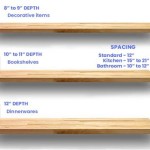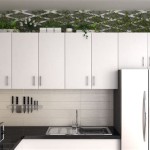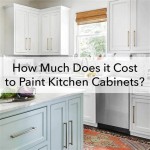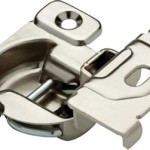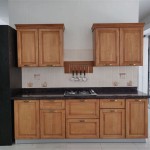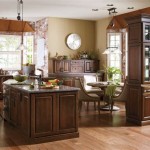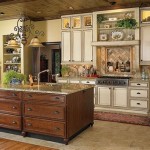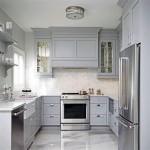Essential Aspects of Interior Kitchen Cabinet Design
1. Space Planning
Efficient space planning is crucial in kitchen cabinet design. Determine the optimal arrangement of cabinets, appliances, and workspaces to maximize convenience and functionality. Consider the kitchen's traffic flow, sightlines, and storage needs. Utilize corner cabinets, lazy Susans, and pull-out drawers to optimize space.
2. Cabinet Style
The cabinet style sets the overall aesthetic of the kitchen. Choose from traditional, contemporary, transitional, or modern styles. Consider the lines, finishes, materials, and hardware that complement the kitchen's ambiance. Shaker-style cabinets offer a classic look, while flat-panel cabinets create a sleek and modern feel.
3. Materials and Finishes
The durability and appearance of kitchen cabinets depend on the materials and finishes used. Cabinet frames are typically made of wood, metal, or composite materials. Wood provides a natural and warm look, while metal offers durability and a more industrial aesthetic. Finishes such as paint, stain, laminate, and veneer can enhance the aesthetic and protect the cabinets from wear and tear.
4. Storage and Organization
Kitchen cabinets serve both practical and aesthetic purposes. Design cabinets with enough storage space for all necessary kitchenware, cookware, and pantry items. Utilize organizers, trays, and dividers to maximize storage efficiency. Consider adding pull-out shelves, spice racks, and appliance garages for convenient access.
5. Ergonomics and Functionality
Ergonomic considerations are essential for a comfortable and functional kitchen. Cabinets should be positioned at appropriate heights for easy reach. Pull-down shelves and drawers make it easier to access items stored at higher levels. Soft-close hinges and drawers reduce noise and create a seamless flow in the kitchen.
6. Lighting
Proper lighting enhances both form and function in kitchen cabinets. Incorporate under-cabinet lighting to illuminate workspaces and provide task lighting. Consider glass-front cabinets with interior lighting to showcase display items. Ambient lighting in the kitchen creates a warm and inviting atmosphere.
7. Hardware
Hardware such as knobs, handles, and pulls adds a finishing touch to kitchen cabinets. Choose hardware that complements the cabinet style and overall kitchen aesthetic. Consider the functionality of the hardware, ensuring it is easy to grip and use. Decorative hardware can make a statement and enhance the visual appeal of the cabinets.
8. Professional Installation
Professional cabinet installation is essential for ensuring durability and proper functionality. Experienced installers will ensure cabinets are securely mounted, aligned, and leveled. They will also make precise adjustments to drawer slides, hinges, and other hardware. Proper installation contributes to the longevity and satisfaction of your kitchen cabinetry.

Kitchen Wardrobe Cabinet Ideas For Your Home Designcafe

Kitchen Cabinet Decor Ideas For Your Home Design Cafe

Amazing Kitchen Cupboard Interior Design In Hyderabad

Mdf Modern Design Kitchen Cabinet

15 Unique Kitchen Drawer Design Ideas For Clever Storage Beautiful Homes

Creative Kitchen Cabinets For A Stylish

20 Best Kitchen Interior Design Photos From Real Homes

Kitchens Jane Lockhart Design

Length 500 375 Sq Feet Modular Kitchen Cabinet Starts From Rs 30000 00 Onwards Cabinets Cupboard Designs Furniture Design

15 Stunning Kitchen Cabinet Designs In Singapore With 5 Essential Tips
Related Posts

